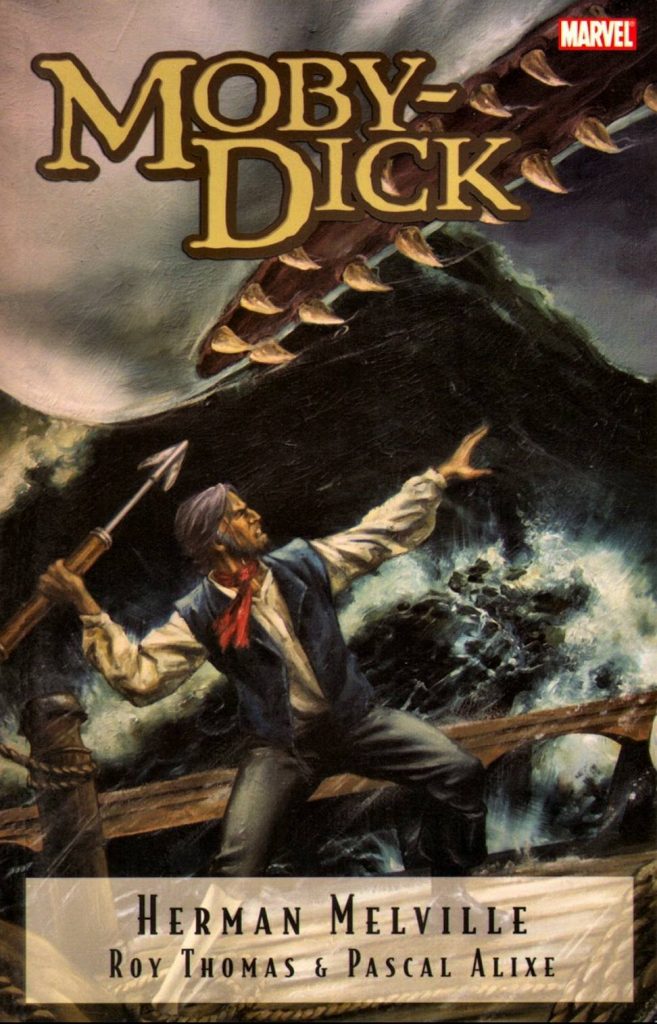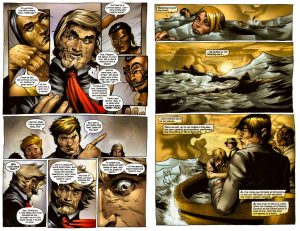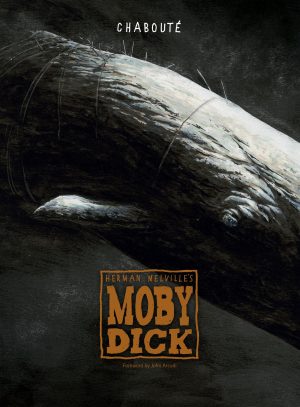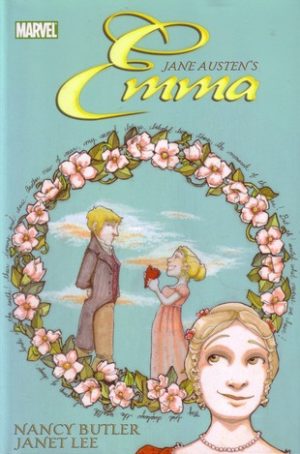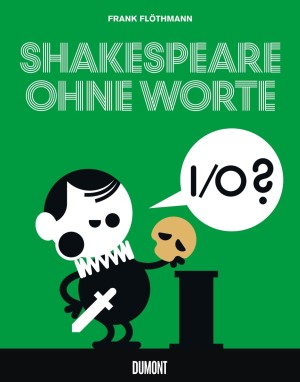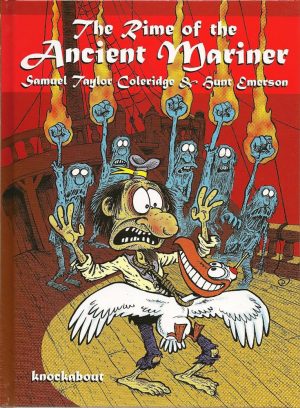Review by Ian Keogh
Moby Dick is a notoriously difficult novel to adapt, as among the drama of a 19th century ship’s captain and his obsessive grudge against a whale, author Herman Melville included numerous diversions into factual explanation of whaling techniques and knowledge. They’re fascinating, but usually missing from any adaptation, so Marvel’s back cover claim of this being “faithful” coupled with writer Roy Thomas’s reputation for diligence therefore raises hopes of something different. However, understandably, Thomas’ own introduction notes he concentrates on the drama alone.
Even with most explanations of whaling lore, history and process missing, Moby Dick is a powerful story, still exotic and fascinating, and Thomas transfers that. He brings out the essential dramatic moments, such as Melville concealing the revelation of important cast members and artist Pascal Alixe creates interesting visual depictions of them, particularly the tormented Captain Ahab. Alixe’s version eventually becomes the raging monomaniac, but begins as an almost handsome man despite his scars, with some nobility. Alixe isn’t as strong with the Pequod, the boat on which almost all the story takes place. It’s a very rare shot where he illustrates anything other than men in close-up with a brown background, some rope and a barrel indicating the boat, and this is a failing.
While the narrative voice is the young shipman Ishmael, the story is increasingly that of Ahab as Ishmael witnesses his quest for revenge on the white whale that once bit off his leg, increasingly endangering the crew to satisfy his bloodlust. Along the way Thomas manages to incorporate snippets of the whaling information Melville supplied, and after the story he supplies a glossary of 19th century terms used, which is certainly preferable to modernising the language. His captions give the events the necessary dramatic impetus, and his introduction notes some occasions where working in a different medium made it necessary to tinker. It’s sympathetically handled.
However, much of Thomas’ good work is undone by the art. His introduction mentions the difficulty for Alixe in keeping to scale while contrasting ordinary humans with a whale. After reading Moby Dick it comes across as getting the excuses in early. Melville emphasises what a dangerous enterprise 19th century whaling was, how even a large ship may as well be a matchstick in stormy seas, yet there’s barely a visual indication of scale throughout, not even in the final chase scenes. Alixe has his preferred view and sticks as resolutely to it as Ahab does to his real mission. The sample art showing a rowboat full of men alone in the vastness of the sea is a missed opportunity, and there are plenty of others where the view cries out for distance. At best it’s a complete lack of understanding, and at worst it’s idle.
It leaves this Moby Dick adaptation fatally compromised, presenting the plot, but not the soul.
